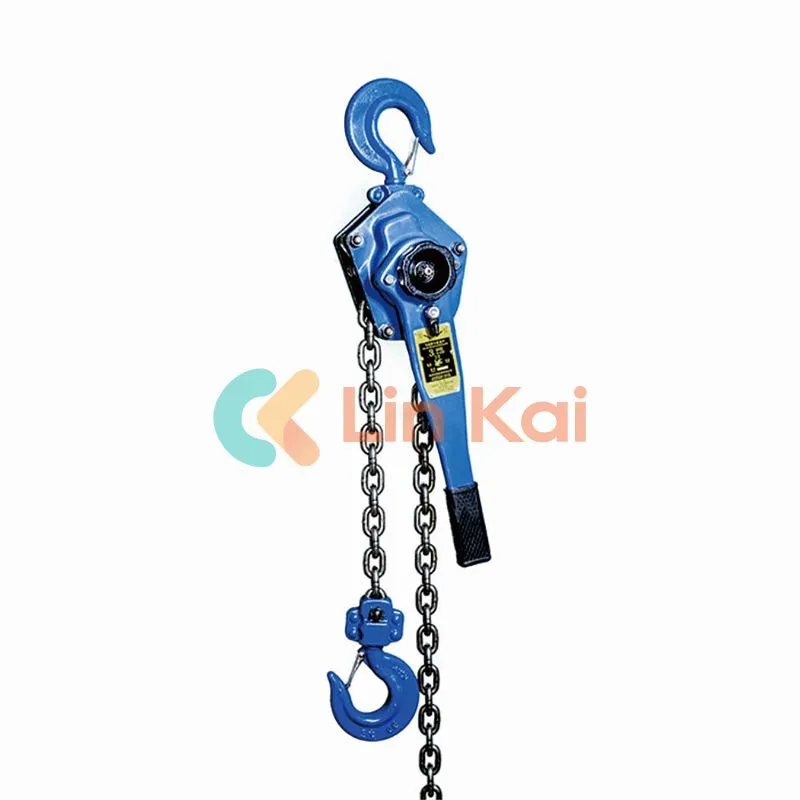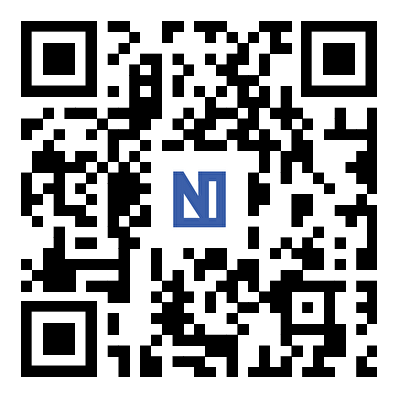The Educational Benefits of Stringing Blocks for Early Childhood Development
2024-07-26
Introduction
In the world of early childhood education, finding engaging and beneficial toys is essential for fostering a child’s development. Stringing blocks, often overlooked, are a powerful tool in a child’s learning arsenal. These versatile toys offer numerous educational benefits that support cognitive, physical, and social-emotional growth. In this blog, we will explore the educational benefits of stringing blocks and why they should be a staple in every child’s playroom.
Cognitive Development
1. Enhancing Problem-Solving Skills:
- Stringing blocks encourage children to think critically as they figure out how to thread the string through each block. This process helps develop problem-solving skills and spatial awareness.
2. Promoting Sequencing and Pattern Recognition:
- By arranging blocks in specific sequences or patterns, children learn to recognize and replicate patterns. This activity enhances their understanding of order and helps develop early math skills.
3. Boosting Concentration and Focus:
- Stringing blocks requires children to concentrate and focus on the task at hand. This sustained attention improves their ability to concentrate on other activities and tasks.
Physical Development
1. Fine Motor Skills:
- Manipulating stringing blocks helps children develop fine motor skills by strengthening the small muscles in their hands and fingers. This skill is crucial for future tasks such as writing and using utensils.
2. Hand-Eye Coordination:
- Threading the string through blocks requires precise hand-eye coordination. This skill improves as children practice, helping them with other activities that require coordinated movements.
3. Dexterity and Precision:
- Stringing blocks teach children to control their hand movements with precision. This dexterity is beneficial for tasks that require careful handling and manipulation.
Social-Emotional Development
1. Building Patience and Perseverance:
- Stringing blocks can be a challenging task that requires patience and persistence. As children work through the activity, they learn the value of perseverance and the satisfaction of completing a task.
2. Encouraging Creativity and Self-Expression:
- Children can use stringing blocks to create unique designs and patterns, fostering creativity and self-expression. This open-ended play allows them to explore their imagination and develop their artistic skills.
3. Promoting Cooperative Play:
- Stringing blocks can be a shared activity, promoting cooperative play and social interaction. Children learn to take turns, share materials, and work together towards a common goal.

Educational Applications of Stringing Blocks
1. Language Development:
- Use stringing blocks to teach colors, shapes, and numbers. As children string blocks, they can name each color or shape, reinforcing their vocabulary and language skills.
2. Math Skills:
- Incorporate counting and sorting into stringing block activities. Children can count the blocks as they string them or sort them by color or shape, developing their early math skills.
3. Storytelling and Imagination:
- Encourage children to create stories or themes with their stringing blocks. This activity enhances their narrative skills and allows them to explore their creativity.
Conclusion
Stringing blocks are more than just a fun toy; they are a valuable educational tool that supports various aspects of a child’s development. From cognitive and physical growth to social-emotional learning, stringing blocks offer a multifaceted approach to early childhood education. By incorporating stringing blocks into playtime, parents and educators can provide children with the skills and experiences they need for lifelong learning and success.


